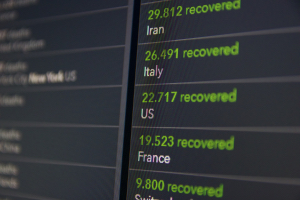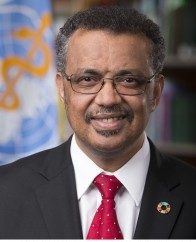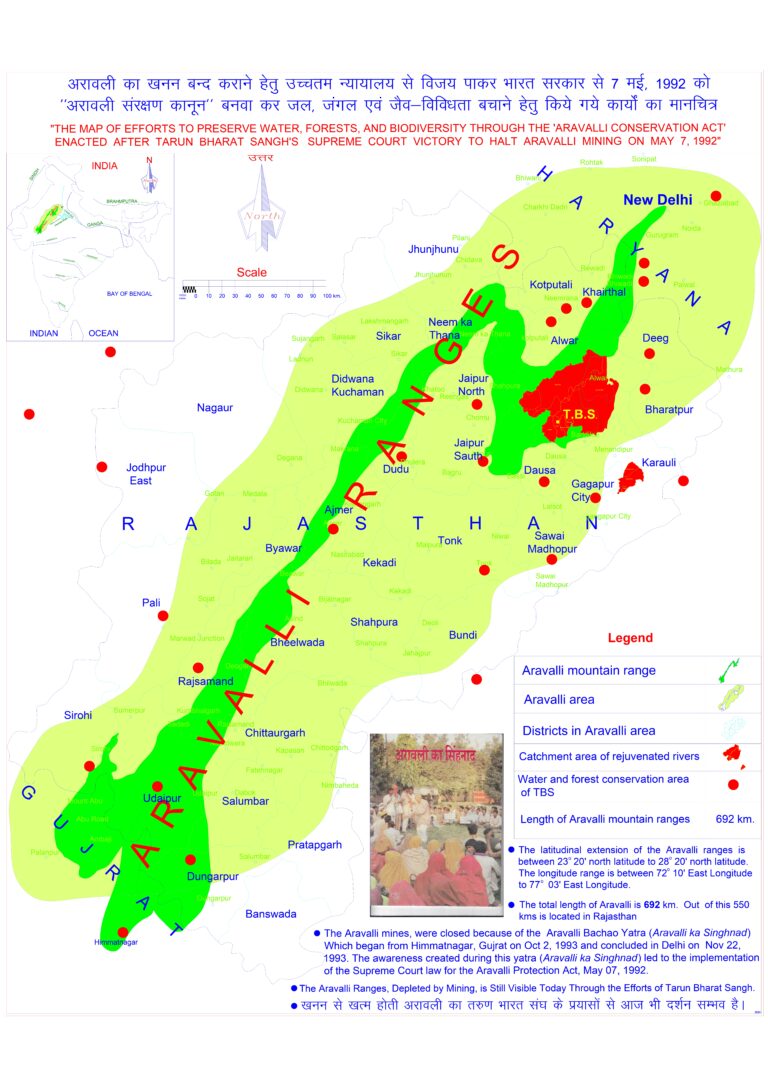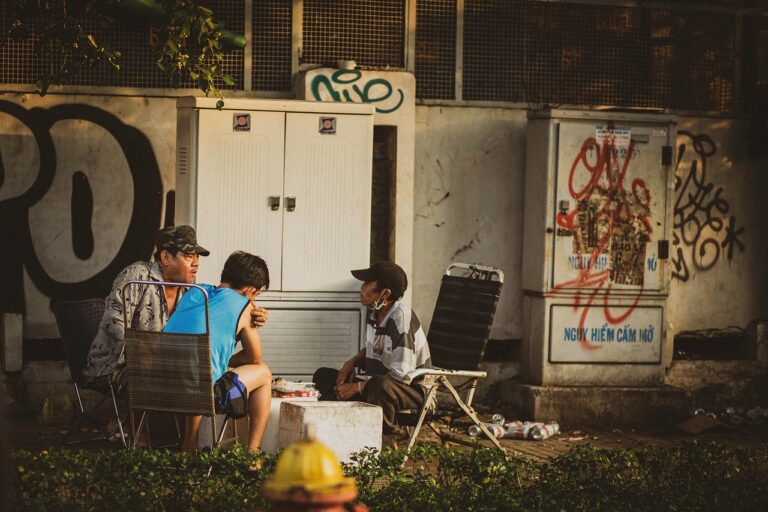
Geneva: The World Health Organization (WHO) has claimed its ability to monitor COVID-19 trends was “compromised” as testing has significantly reduced.
The WHO COVID-19 Emergency Committee, which met this week, unanimously agreed that the pandemic remains a public health emergency, even as last week the lowest number of deaths due to the virus was recorded since the early days of the pandemic.

“I appreciated their (Emergency Committee’s) advice and agree that far from being the time to drop our guard, this is the moment to work even harder to save lives,” Dr Tedros Adhanom Ghebreyesus told reporters here last night.
He explained that specifically, this meant investing “so that COVID-19 tools are equitably distributed and we simultaneously strengthen health systems as outlined in the 2022 WHO Strategic Preparedness and Response Plan”.
Bridging the vaccine equity gap is the best way to boost population immunity and insulate against future waves, he said but added, “But, it’s not just vaccines”.
Over the past two years, WHO has continued to update its clinical management of COVID-19 guidelines and hone its recommendations based on the latest science. Treatments including oxygen, corticosteroids and antivirals are helping to further break the link between COVID-19 infection and death. Diagnostics are also improving and becoming more accessible.
“However, just as I said last year that trickle-down vaccination is not an effective strategy for fighting a deadly respiratory virus; trickle-down treatment and testing are similarly reckless. Diagnosing at-risk patients early enough for new antivirals to be effective is essential and should be available to everyone, everywhere,” Dr Ghebreyesus averred. He reiterated that in addition, higher testing and sequencing rates will be vital for tracing existing and identifying new variants as they emerge.
He informed while WHO scientists continue to work with thousands of experts around the world to track and monitor the SARS-CoV-2 virus, at present there were a number of Omicron sub-lineages they were following closely, including BA.2, BA.4 and BA.5 and another recombinant detected, made up of BA.1 and BA.2.
“This virus has over time become more transmissible and it remains deadly, especially for the unprotected and unvaccinated that don’t have access to health care and antivirals,” he warned and stressed that the best way to protect oneself was to get vaccinated and boosted when recommended.
“Continue wearing masks – especially in crowded indoor spaces. And for the indoors, keep the air fresh by opening windows and doors, and invest in good ventilation,” he advised.
He assured just as we continue to respond to the current pandemic, WHO is preparing for the next – “I have spoken before about the need for a generational agreement that would ignite the investments, collaboration and engagement we need to protect our planet and our people. Our Member States are currently negotiating this and WHO has opened up the conversation to the world through public hearings.”
The WHO Director-General said he was encouraged by the rich diversity of people from around the world that raised their voices at the public hearing of the Intergovernmental Negotiating Body (INB), which is tasked with developing a new instrument to prepare the world for future health threats. “Everyone has been affected by this pandemic and every voice matters. There will be further opportunities to engage in the process throughout the year,” he said adding that a new pandemic accord” is our best collective defence against known viruses and of course the next disease X”.
– global bihari bureau





